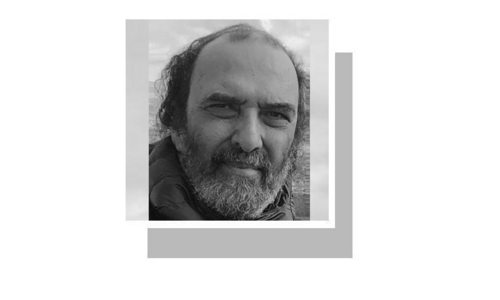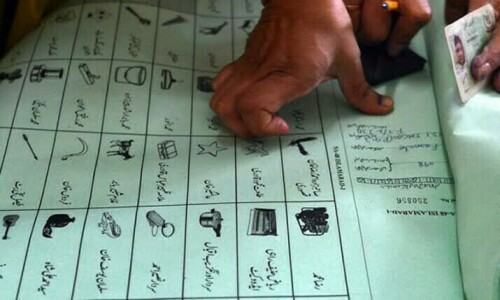PESHAWAR, Aug 19: The print and electronic media have regularly been using pictures and names of juvenile offenders and children in need of protection, contrary to the code of ethics given under different laws and by national and international organisations.
Legal experts told Dawn that as the government had yet to declare such practices as penal offence, therefore, the media had openly been mentioning the names and addresses of juvenile offenders and even their pictures were used, putting their lives at risk.
Recently, the picture and name of a nine-year-old female victim of child prostitution, recovered from a brothel in Swat district, was splashed in different newspapers.
The Juvenile Justice System Ordinance, 2000, provides that “unless the juvenile court specifically authorises, the court proceedings shall not be published in any newspaper, magazine or journal in any form which may disclose the name, address, school or any identification or particulars which could lead directly or indirectly to the identification of such child nor shall any picture of the child be published.’’
“This law has many flaws as it covers only court proceedings and not other stages when a juvenile in conflict with law is arrested,” said Noor Alam Khan, chairman of the Voice of Prisoners, and added that some other categories of children whose identity should not be disclosed, especially victims of sexual abuse had also not been included in this law, and it only dealt with the juvenile offenders.
The law also doesn’t envisage any penalty for violators due to which the media had openly been flouting it.
In India, the government had declared in 2000 through the Juvenile Justice (Care and Protection of Children) Act, 2000, that the identity of a juvenile offender should not be disclosed. It was declared a penal offence and an offender could be fined up to Rs1,000. Subsequently, in 2006, the Indian parliament amended the act and also included the “children in need of care and protection” along with the juvenile offenders and the fine was also enhanced up to Rs25,000.
Under the said law, an additional chief metropolitan magistrate in Hyderabad (India) fined Rs1,000 a television channel in September 2006. The said channel, ETV-2, had telecasted a 30-minute feature on June 27, 2006 on the killing of a person, allegedly by his 15-year-old wife. When the TV feature was announced by the channel, the Child Rights Protection Forum (CRPF) requested it not to disclose details of the girl. The request was ignored and CRPF moved the court.
The International Federation of Journalists (IFJ) has given guidelines for reporting on issues related to children, which suggests: “Never identify through words or images a child who is or has been abused or exploited -- you could be putting their life at risk.”
It further suggests: “Never identify through words or images places where vulnerable children can be located -- you might be leading abusers and exploiters to them.”
The National Commission for Child Welfare and Development (NCCWD) has also prepared a “Code of Ethics for Media on reporting of children’s issues.’’ This code also includes the guidelines given by the IFJ along with some other points.
The code states: “Always change the name and obscure the visual identity of any child who is identified as: a victim of sexual abuse or exploitation; a perpetrator of physical or sexual abuse; living with HIV/Aids or has died from Aids, unless the child’s parents or a guardian gives fully informed consent; and, charged or convicted of a crime.”
Moreover, in the schedule of the Press Council of Pakistan Ordinance, 2002, the government has given an Ethical Code of Practice for the media. Section 14 of the said code states: “In the case of sexual offences and heinous crime against children, juveniles and women, names and identifying photographs shall not be published.”
Under this law the press council is empowered to check the violation of the code. As this law has yet to be implemented, therefore, the violation of the code by the media continued unabated.














































Dear visitor, the comments section is undergoing an overhaul and will return soon.